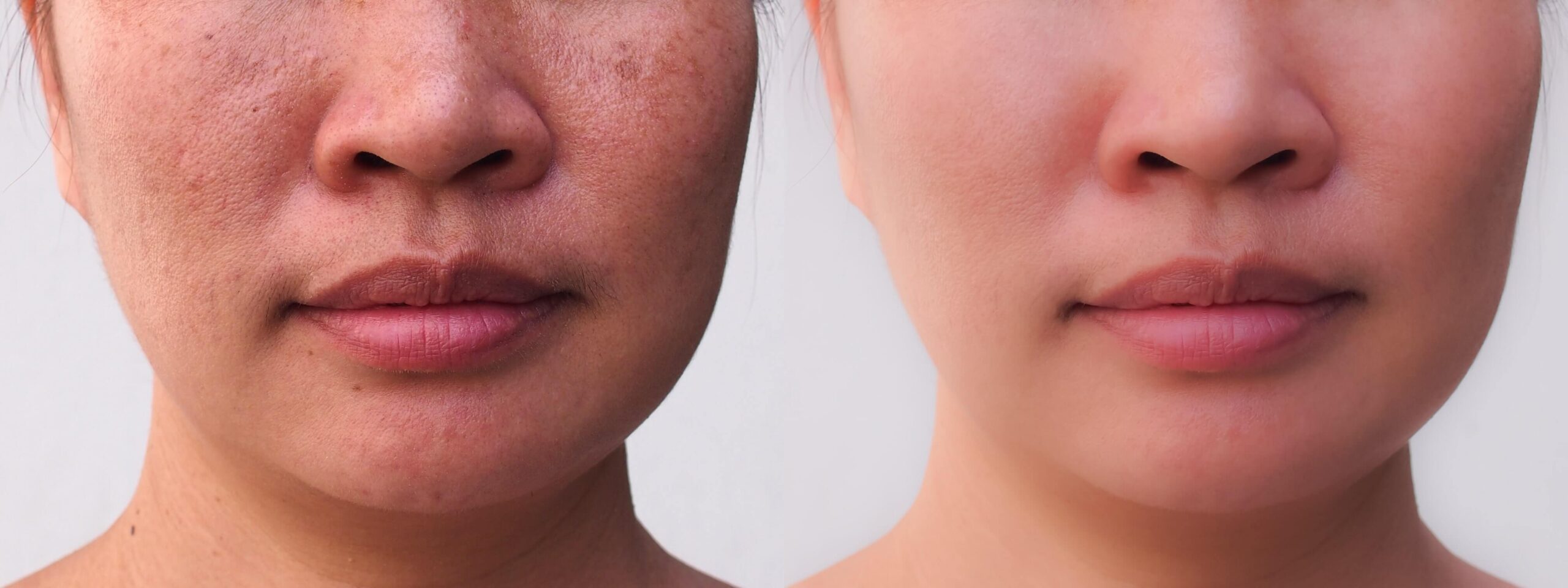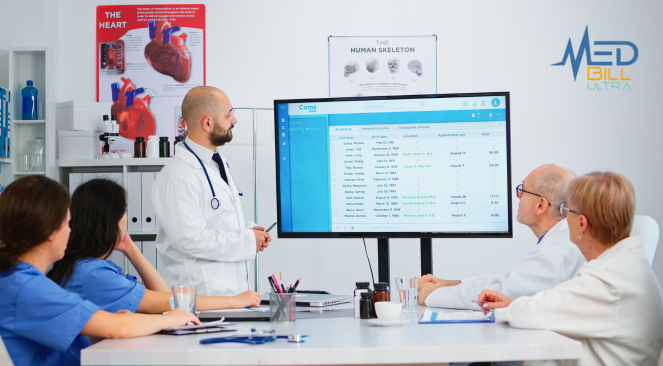Embarking on the path to skin rejuvenation with LaseMD requires a clear understanding of the recovery timeline. This knowledge is essential for achieving optimal results. We will delve into the LaseMD recovery process and discuss critical post-treatment care strategies. By grasping the factors that influence healing, such as individual skin type and treatment intensity, we can better navigate towards radiant skin.
Our goal is to arm ourselves with the necessary knowledge. This knowledge will enhance our skincare routine and optimize our experience with LaseMD.
Understanding LaseMD Treatment and Recovery
The LaseMD treatment marks a major leap in laser therapy, aiming at skin enhancement and rejuvenation. It employs non-ablative fractional laser technology to address skin issues like texture, pigmentation, and elasticity. This method reduces downtime and encourages natural healing.
During the LaseMD treatment, the laser delivers energy to the skin, boosting collagen production and cell regeneration. This is key for skin recovery, as it prompts the body to repair itself and enhance skin health.
Understanding the recovery process of cosmetic procedures is essential for our preparation. The healing stages include initial inflammation, new collagen formation, and skin remodeling. Knowing these stages helps manage our expectations and aids in a smoother recovery.
In summary, the LaseMD treatment rejuvenates the skin and optimizes recovery by leveraging the body’s natural healing processes. Understanding the complexities of laser therapy empowers us to make informed decisions about our skincare and recovery journey.
What to Expect During the LaseMD Recovery Process
The LaseMD recovery process varies among individuals, but we can outline common stages. Initially, our skin may show signs like redness, swelling, and minor peeling. These reactions are normal, indicating the treatment is rejuvenating our skin. Knowing the recovery timeline helps manage our expectations.
In the first days after treatment, redness is most noticeable. Swelling may occur but usually fades within a week. Peeling, which can make our skin feel textured, starts around day three and can last up to a week or more. It’s important to remember that these reactions are normal and show our skin is healing.
As we move through the recovery, redness will lessen, and our skin will become less sensitive. By two weeks, we often see improvements in skin texture and tone. Full recovery can take several weeks, with our skin continuing to heal and show its true glow. Patience is key, reminding us to care for our skin gently and follow aftercare guidelines to aid in healing.
LaseMD Recovery: Essential Post-Treatment Care
Effective post-treatment care is crucial for our LaseMD recovery journey. By following essential aftercare guidelines, we can significantly reduce the risk of complications and enhance our skin’s healing process. Understanding and implementing a solid skincare routine is key for optimal results. In this section, we will delve into the importance of adhering to these guidelines and the key steps we should take to ensure a successful recovery.
Importance of Following Aftercare Guidelines
Following aftercare directives is essential in maximizing the benefits of LaseMD treatment. Proper post-treatment care not only supports skin rejuvenation but also helps prevent adverse reactions. By committing to these guidelines, we contribute to the healing process while minimizing the risk of irritation and uneven results. Staying informed about the necessary steps empowers us to take charge of our skincare.
Key Steps in Your Skincare Routine
Incorporating a thorough skincare routine post-treatment can greatly influence recovery outcomes. We recommend the following key steps:
- Gentle Cleansing: Use a mild cleanser to avoid irritation. This ensures we remove impurities without disrupting the healing skin.
- Moisturizing: Dry skin can compromise recovery. A hydrating moisturizer can help maintain skin elasticity and hydration.
- Sun Protection: Shielding our skin from UV exposure is critical. Use a broad-spectrum sunscreen with at least SPF 30 to protect the healing area.
- Recommended Products: Consider products with soothing ingredients like aloe vera or hyaluronic acid to support post-treatment care.
Top Recovery Tips for Optimal Skin Rejuvenation
To maximize our recovery after LaseMD treatment, we can adopt several recovery tips. Hydration and nutrition are key to enhancing our skin rejuvenation. Let’s delve into how simple yet effective measures can aid our recovery.
Staying Hydrated for Better Recovery
Hydration is essential for our recovery after LaseMD treatment. Drinking enough water helps maintain skin elasticity and aids in cellular repair. Here are some tips:
- Drink at least 8-10 glasses of water daily to keep our skin hydrated.
- Incorporate hydrating beverages like herbal teas and coconut water.
- Opt for water-rich foods, such as cucumbers, oranges, and watermelon.
Foods That Promote Healing
Nutrition is crucial during our recovery phase. A balanced diet rich in essential nutrients speeds up healing. Consider these food categories:
- Fruits and vegetables: Rich in vitamins A, C, and E, these are essential for skin health.
- Lean proteins: Foods like chicken, fish, and legumes promote tissue repair.
- Healthy fats: Avocados, nuts, and olive oil support skin barrier function.
- Whole grains: Incorporating quinoa and brown rice enhances overall nutrient intake.
Common Concerns During LaseMD Recovery
During LaseMD recovery, several common concerns may arise. Managing discomfort and sensitivity is key to a smooth healing journey. Effective discomfort management techniques can greatly enhance our comfort as our skin regenerates. It’s also vital to watch for any signs of complications, as early detection can lead to better outcomes.
Managing Discomfort and Sensitivity
Skin sensitivity is a common issue after LaseMD treatment. To alleviate discomfort, we can use soothing skincare products. Gentle cleansers and hydrating serums can calm irritation. Cool compresses offer additional relief. A consistent yet gentle skincare routine helps minimize discomfort and promotes a better recovery experience.
Signs of Complications or Issues
While most people have a smooth recovery, it’s crucial to be aware of complications. Signs like unusual swelling, excessive redness, or discharge may indicate a problem. Recognizing these signs early allows us to seek medical help promptly. Being informed about potential complications empowers us to manage our recovery effectively.




